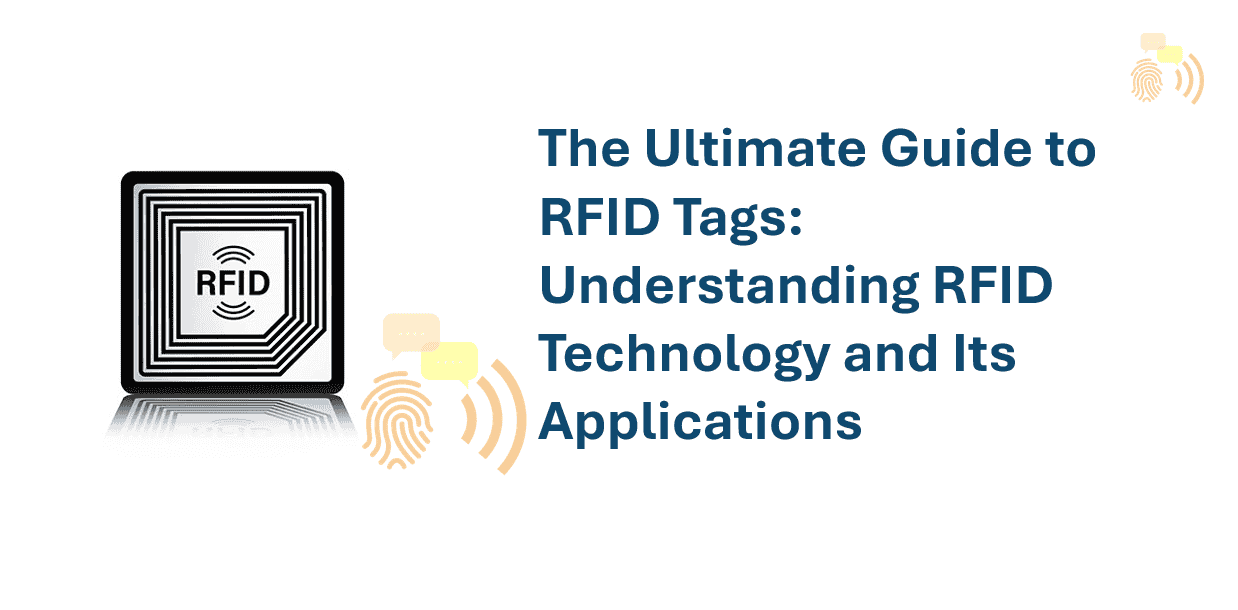Fingerprint vs RFID authentication in co-working spaces

Fingerprint vs. RFID Authentication in Co-Working Spaces: A Comparative Analysis
Introduction
The rise of co-working spaces has transformed modern work culture, offering flexible environments for freelancers, startups, and enterprises. Central to their appeal is seamless access control, balancing security with user convenience. Two prevalent technologies—fingerprint authentication and RFID (Radio-Frequency Identification)—dominate this space. This article examines their strengths, limitations, and suitability for co-working spaces, while highlighting purchaserfid.com as a leading RFID solution provider.
Fingerprint Authentication: Biometric Precision
Fingerprint authentication uses unique biological patterns to verify identity. When users scan their fingerprints, the system matches them against stored templates. This method eliminates the need for physical keys or cards, offering key advantages:
- Enhanced Security: Fingerprints are difficult to replicate, reducing unauthorized access risks.
- User Accountability: Each entry is tied to a specific individual, aiding audit trails.
- No Physical Tokens: Eliminates concerns about lost or stolen cards.
However, challenges persist. False rejections can frustrate users, especially with wet or dirty fingers. Hygiene concerns, highlighted post-pandemic, deter some from shared scanners. Privacy issues also arise, as biometric data breaches carry significant risks.
RFID Authentication: Convenience and Scalability
RFID employs radio waves to transmit data between tags and readers. Users carry keycards or fobs, which are scanned for access. Benefits include:
- Contactless Operation: Quick, hands-free entry ideal for high-traffic areas.
- Scalability: Easily issue or revoke access without reconfiguring hardware.
- Integration: Compatible with other systems (e.g., time tracking, payment).
Drawbacks include the risk of lost or cloned cards. Basic RFID systems without encryption may be vulnerable to skimming. Yet, modern solutions address these gaps with advanced encryption and multi-factor authentication.
Comparative Analysis
Security:
- Fingerprint: Superior against physical theft but vulnerable to sophisticated spoofing (e.g., 3D-printed replicas). Biometric databases are high-value targets for cyberattacks.
- RFID: Advanced encryption and dynamic credentials in newer systems mitigate cloning risks. However, physical loss of tags remains a concern.
Convenience:
- Fingerprint: No carry-along tokens but slower in high-throughput settings. Maintenance includes regular sensor cleaning.
- RFID: Faster processing and easier management for large memberships. Cards are low-cost and replaceable.
Cost:
- Fingerprint: Higher upfront costs for scanners and software. Ongoing expenses include system updates and template storage.
- RFID: Lower initial investment. Bulk card issuance reduces per-unit costs, though replacements add up over time.
User Experience:
- Fingerprint: Polarizing; some appreciate heightened security, others dislike biometric handling.
- RFID: Universally familiar and less intrusive, favoring ease of adoption.
Industry Trends and Statistics
While specific statistics are proprietary, industry analysts observe RFID's dominance in co-working spaces due to scalability and cost efficiency. Reports suggest over 60% of co-working operators prioritize RFID for its integration capabilities. Conversely, niche markets with heightened security needs increasingly adopt biometrics, with fingerprint systems growing at a moderate pace. Hybrid models, combining RFID with PINs or mobile apps, are gaining traction to balance convenience and security.
Purchaserfid.com: Leading the RFID Revolution
In the competitive landscape of access control, purchaserfid.com stands out as a trusted RFID supplier. Their solutions cater specifically to co-working spaces, offering high-frequency RFID cards with advanced encryption and cloud-based management platforms. These systems enable real-time access updates, durability for high usage, and seamless integration with IoT devices. By prioritizing user-friendly designs and scalability, purchaserfid.com has become a go-to partner for co-working spaces aiming to enhance security without compromising member experience.
Conclusion
Choosing between fingerprint and RFID authentication hinges on a co-working space’s priorities. RFID excels in convenience and scalability, making it ideal for dynamic, growing communities. Fingerprint systems suit security-centric environments despite higher costs. Innovations like purchaserfid.com’s RFID solutions demonstrate how technology evolves to meet diverse needs. Ultimately, the decision rests on balancing operational requirements, budget, and member preferences to foster a secure, efficient workspace.
120987_.jpg)





